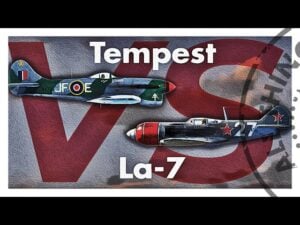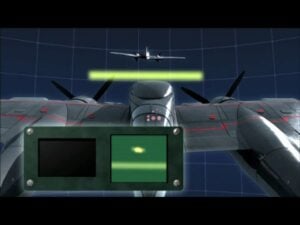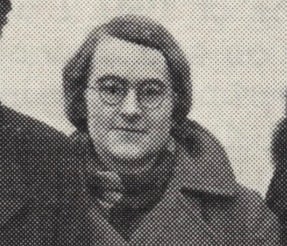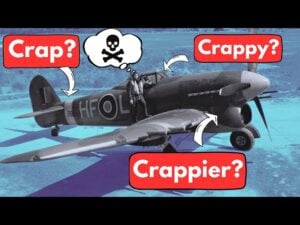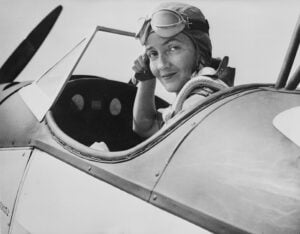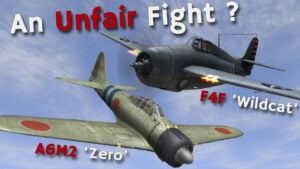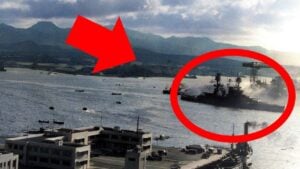The Incredible Story of a South Dakota Farmer Who Shot Down 26 Zeros in Just 44 Days
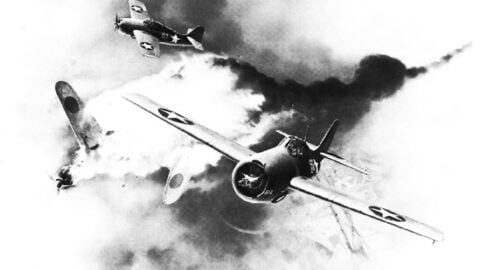
Grayscale presentation of a full-color painting (oils on canvas) by noted aviation artist Ted Wilbur, depicting Capt Joe Foss as he shoots down a Japanese Zero over Henderson Field on Guadalcanal in October 1942. HendersonMarineWildcatWatercolor, Public domain, via Wikimedia Commons
The Sky Over Guadalcanal
In October 1942, high above Guadalcanal, a 22-year-old American pilot named Marian Carl fought for his life in a Grumman F4F Wildcat. His opponent was a Japanese Mitsubishi A6M Zero, fast, agile, and capable of outclimbing any American plane. Despite his skill, Carl’s plane was no match. When cannon fire tore through his cockpit, he was forced to bail into shark-infested waters. The skies over the island were dominated by seasoned Japanese pilots, while American forces struggled with outdated tactics. The doctrine was simple: never turn with a Zero, dive and survive. Survival, however, was not victory. Henderson Field, the airbase Carl called home, earned the grim nickname “the graveyard.” Aircraft wrecks lined the runway, and morale among pilots was low.
Amid the losses came an unexpected change. Joe Foss, a 27-year-old farmer from South Dakota, arrived at Henderson Field. Foss had been deemed too old for combat and initially offered a position as a flight instructor. Refusing to accept it, he found a loophole, joined the Marine Corps Reserve, and pressed for a combat assignment. By October 1942, he was on the island, ready to fly into danger. Foss was not a trained military man from a long line of aviators. Raised in the plains of South Dakota during the Great Depression, he had learned hunting and survival from his father, mastering deflection shooting—aiming ahead of a moving target. This skill would become his secret weapon in the skies.

The Farmer Who Became a Fighter
Foss joined a battered squadron, greeted with skepticism. His Wildcat was slow and heavy compared to the Zero, and the official strategy insisted on avoiding dogfights. Yet Foss relied on instinct. On his first patrol, he narrowly survived, following the textbook tactics, but felt that survival alone was insufficient. A few days later, on October 13, he engaged a Zero pursuing his wingman. Instead of fleeing, Foss led the target and fired. The plane disintegrated. He had outthought the enemy, and from that moment, he became a leader and tactician.
He shared his approach with fellow pilots, teaching them to anticipate enemy movements, aim ahead, and coordinate as a team. The press soon dubbed his unit “Foss’s Flying Circus.” On October 16, eight Wildcats under his command faced 32 enemy aircraft. Using a new maneuver called the Thach Weave, where pairs of planes covered each other, Foss’s squadron downed five enemies in ten minutes and returned safely. In the following weeks, he added more kills, rapidly becoming the deadliest pilot on Guadalcanal.
The Record That Shocked the World
Japanese forces began targeting Foss directly. On November 7, his plane was heavily damaged after shooting down two enemy aircraft, forcing him to bail into the jungle. Two days later, he ditched into shark-infested waters and survived. Despite malaria and exhaustion, Foss returned to flight within weeks. By January 1943, he had 23 confirmed kills, just three shy of World War I ace Eddie Rickenbacker. On January 15, during one of the largest Pacific battles, he shot down three more planes, bringing his total to 26 and surpassing the American record.
Foss’s victories came at great personal cost. He was malnourished, sick, and exhausted, yet his innovations changed air combat. His techniques—deflection shooting, aggressive tactics, and team coordination—became standard across the Pacific Fleet.

Legacy of a True American Ace
After the war, Foss returned home to South Dakota, maintaining his humble roots. He received the Medal of Honor from President Franklin D. Roosevelt, entered politics, and became governor. Later, he served as the first commissioner of the American Football League and remained a respected public figure until his death in 2003. Foss had not flown the best planes or received the most advanced training, but his instincts, ingenuity, and courage proved decisive. In a time when doctrine failed and the enemy seemed unbeatable, one farmer changed the course of aerial combat with skill, strategy, and an unyielding will to win.













